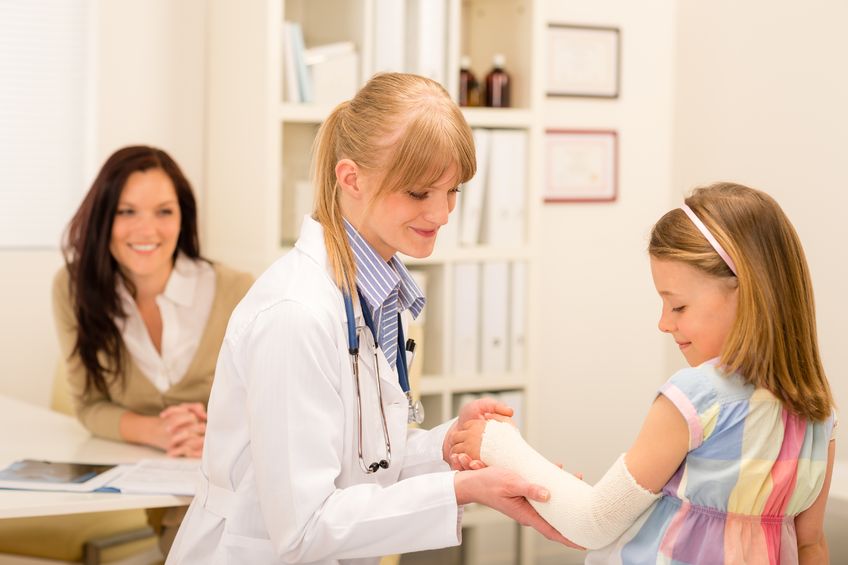
Because their bones are still growing and strengthening, children are at increased risk for orthopedic injuries. A common injury sustained by children is known as a growth plate fracture. Growth plates are found at either end of the long bones of the body, such as the femur in the thigh and the bones in the forearms and hands. As the child grows, the long bones grow from the solidification of the growth plates into solid bone.
Because of the instrumental nature of the growth plates in the development of the skeletal structure as a child matures, any damage to the growth plate can result in curved or uneven growth of the bones. Growth plate fractures are classified depending on the way the bone is impacted. The classification, as well as other factors like which bone is affected and the age of the child, determine the course of treatment.
Treatment for bone plate fractures can be surgical or nonsurgical. Nonsurgical treatment typically involves bracing the bones in the proper alignment so that they are forced to stay in the correct position as they heal. However, depending on the severity of the fracture, surgery to the bone plate may be required. The procedure can involve moving the bone fragments back into their proper positions and then wiring, screwing, or plating them to remain in proper alignment.
For all growth plate fractures, treatment is most effective if the condition is addressed early. After a week or so, the bones will begin to heal, and any misalignment may not be reversible. If you believe your child has sustained a growth plate fracture, schedule an appointment immediately with an orthopedic specialist at Advanced Orthopedic and Sports Medicine Institute.







